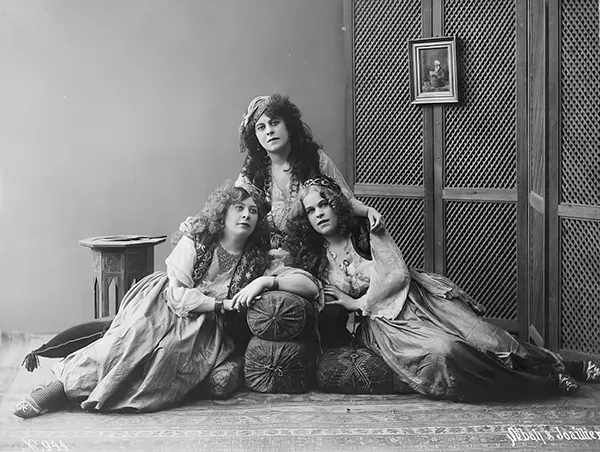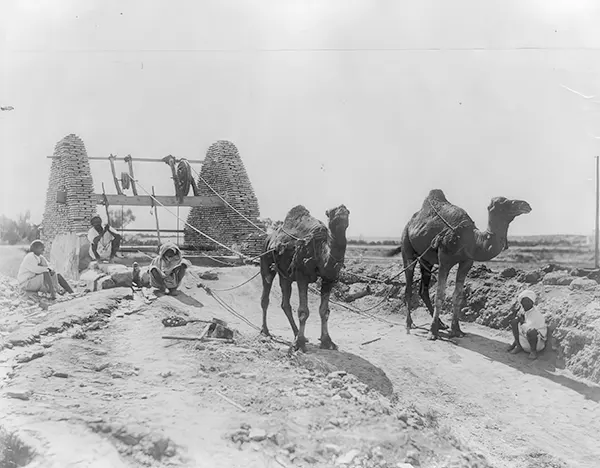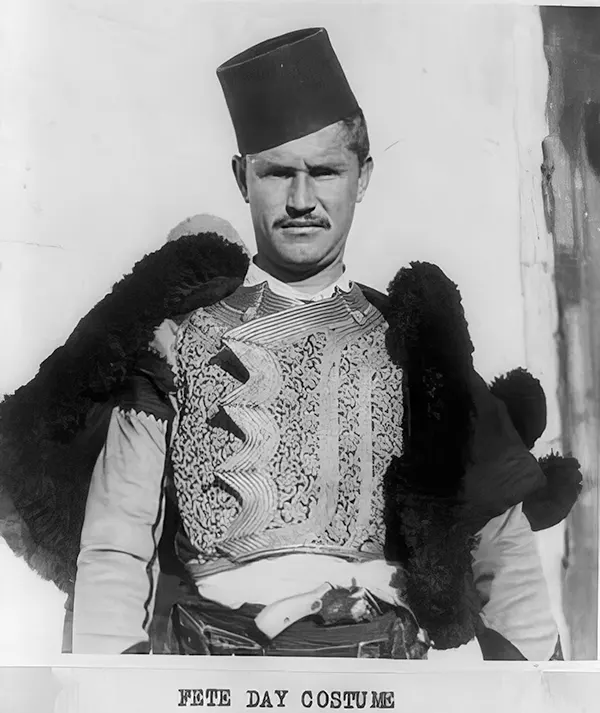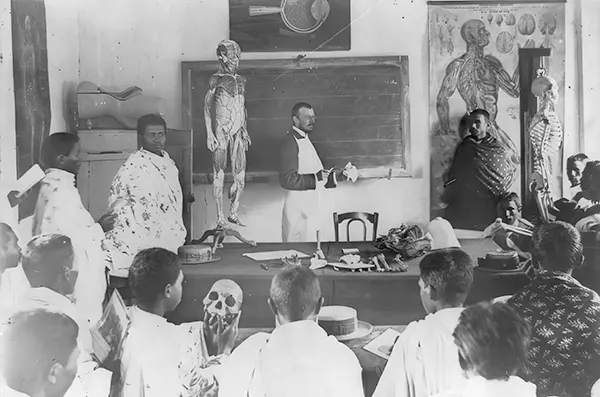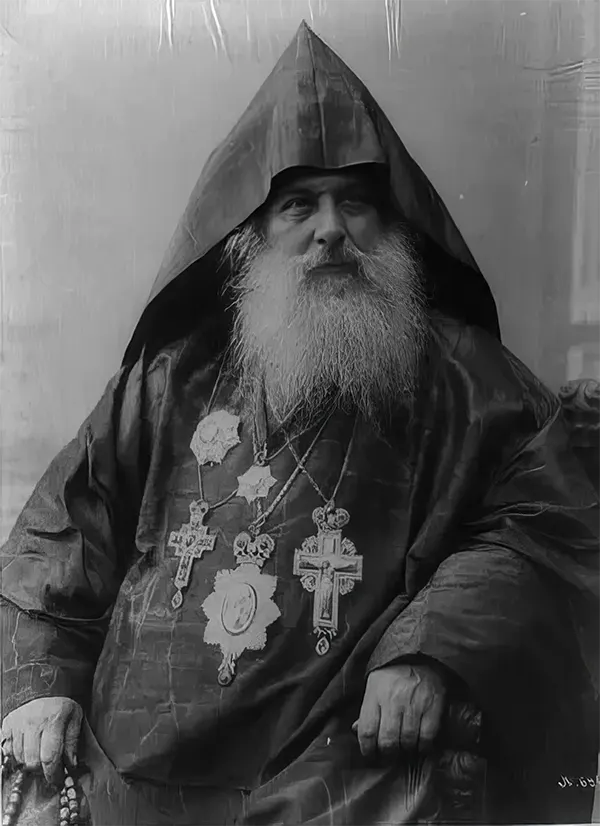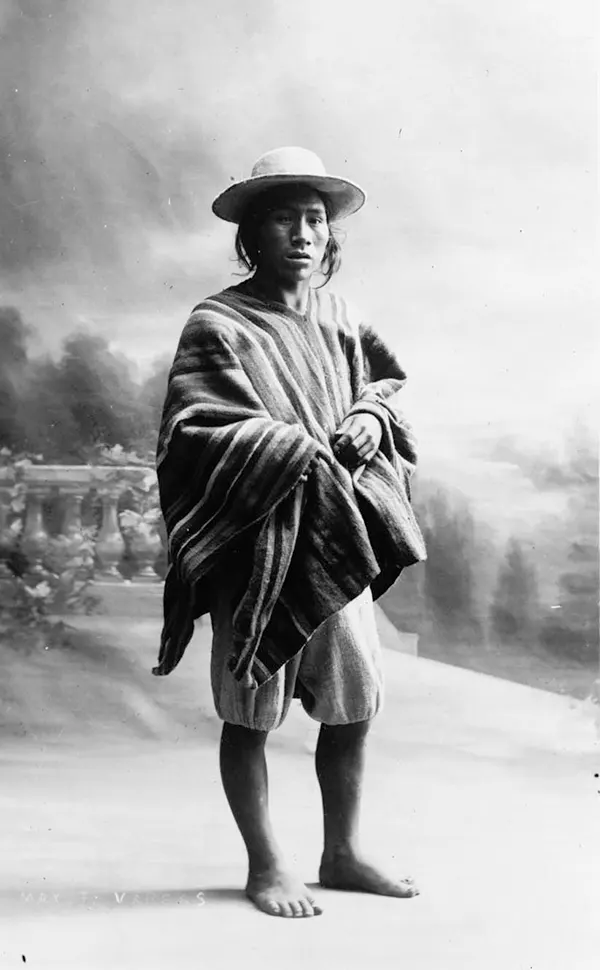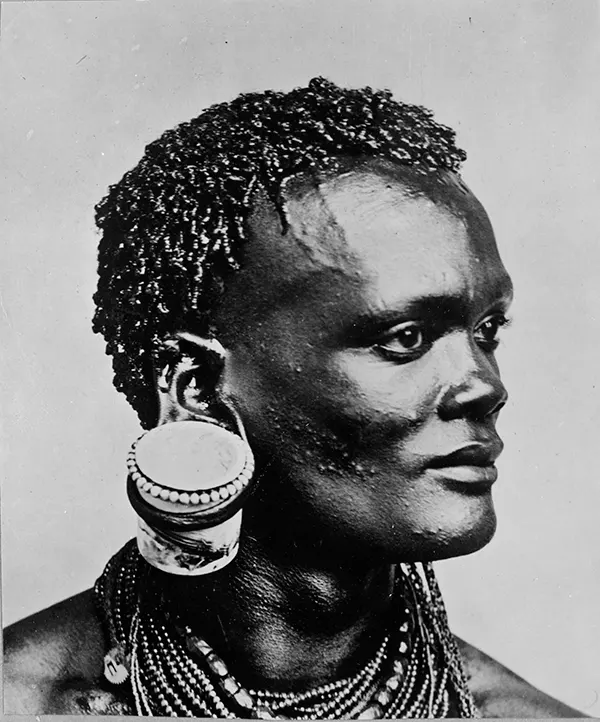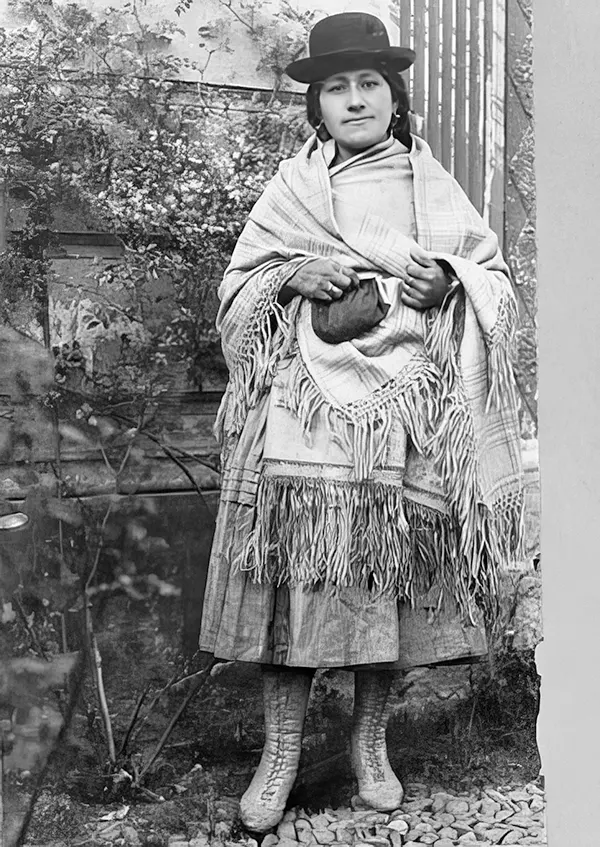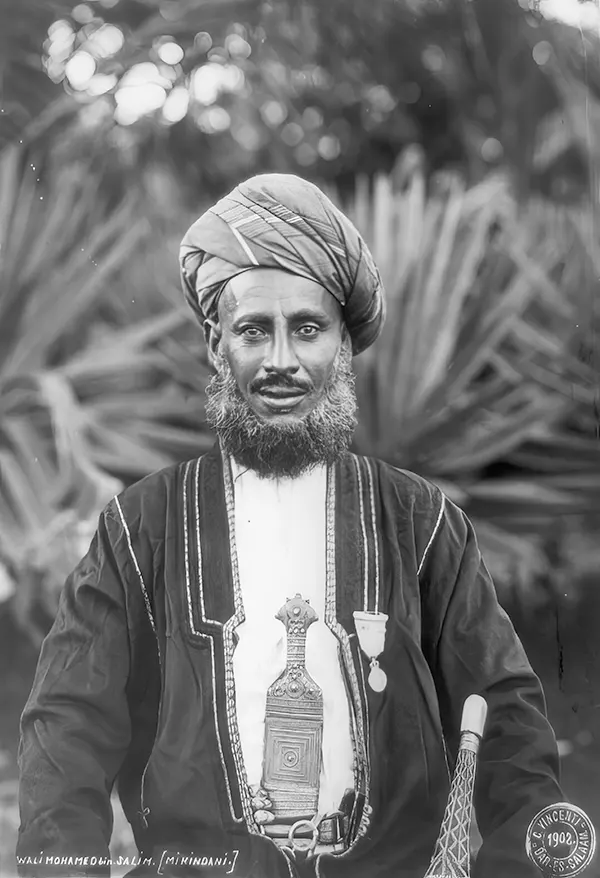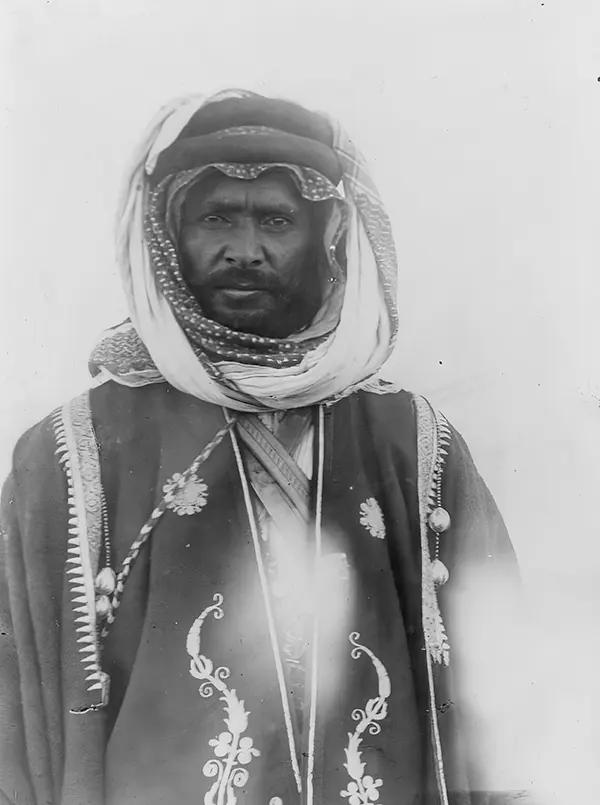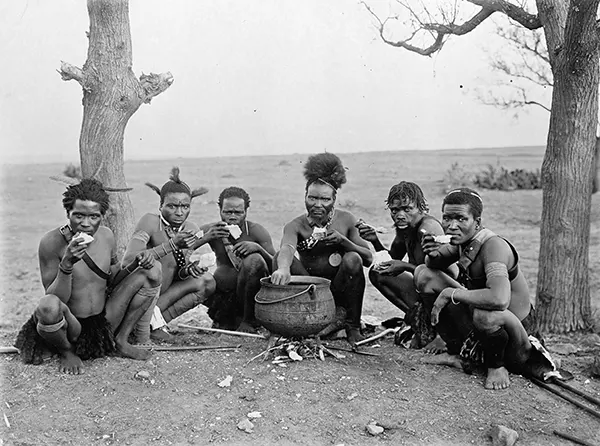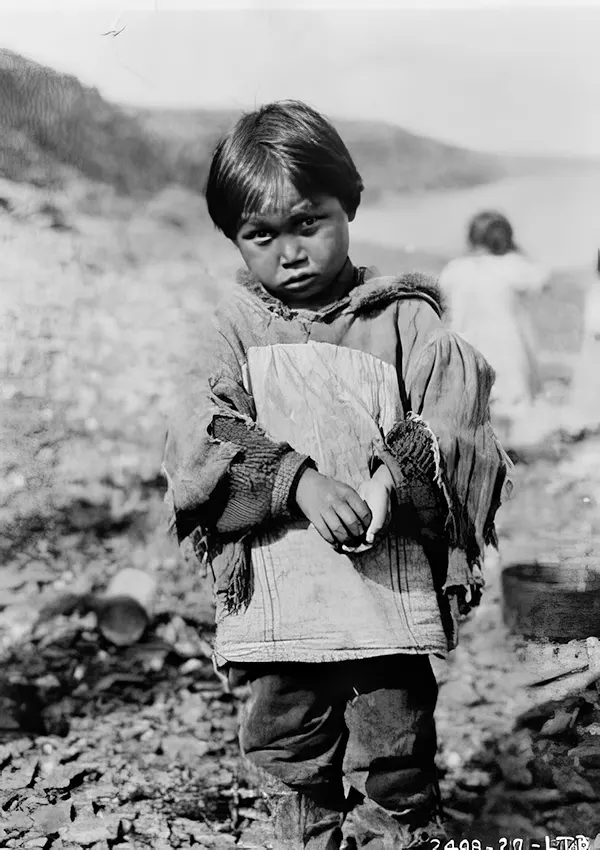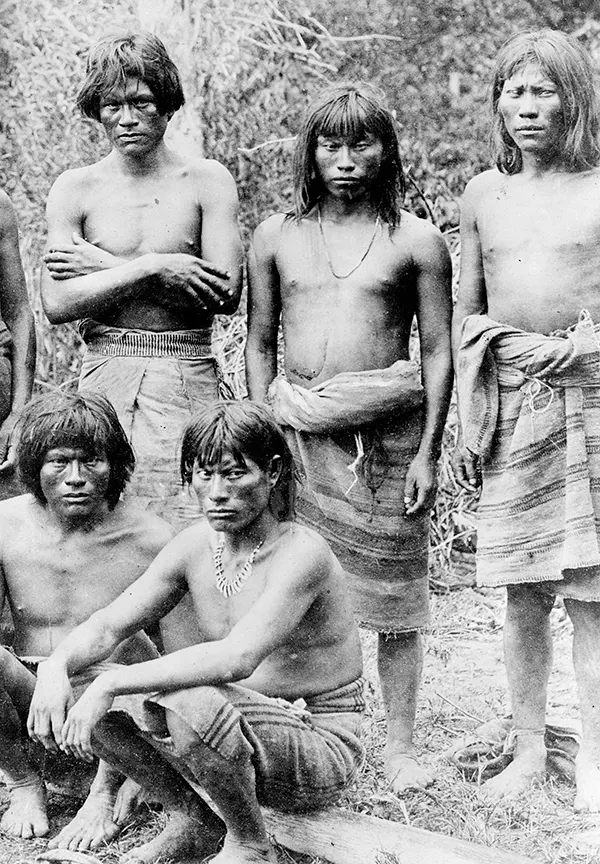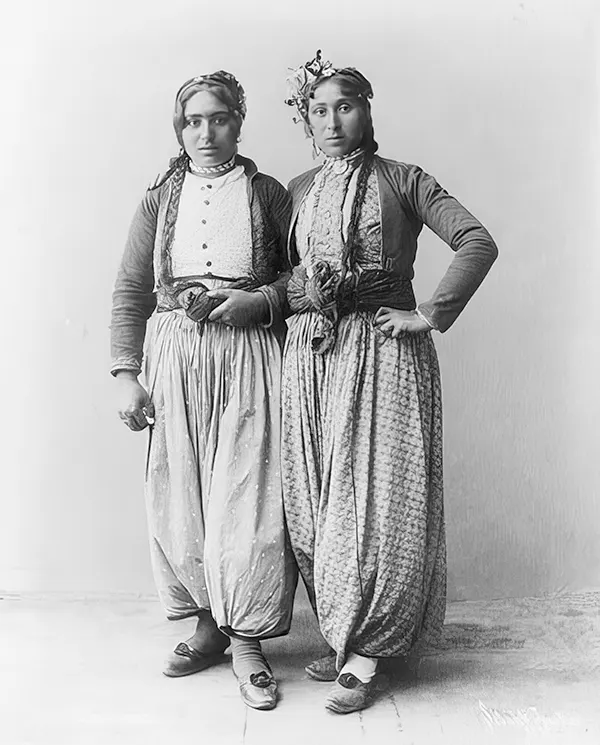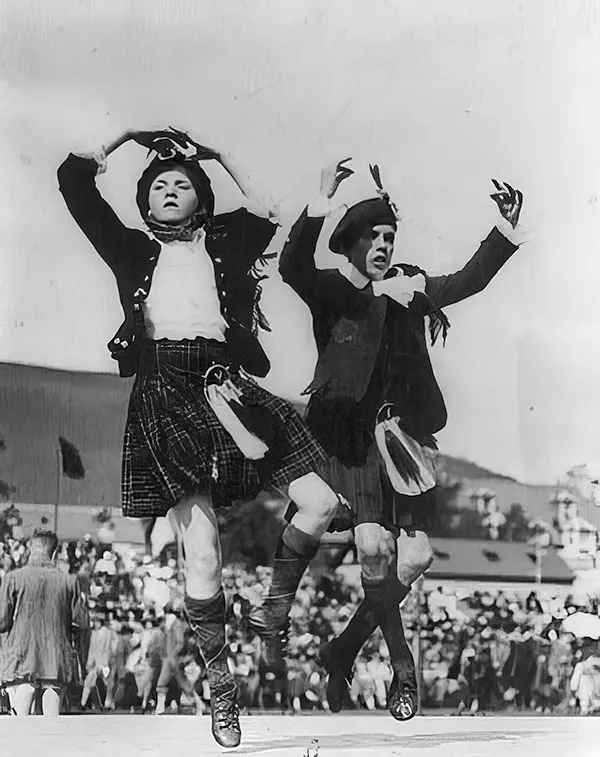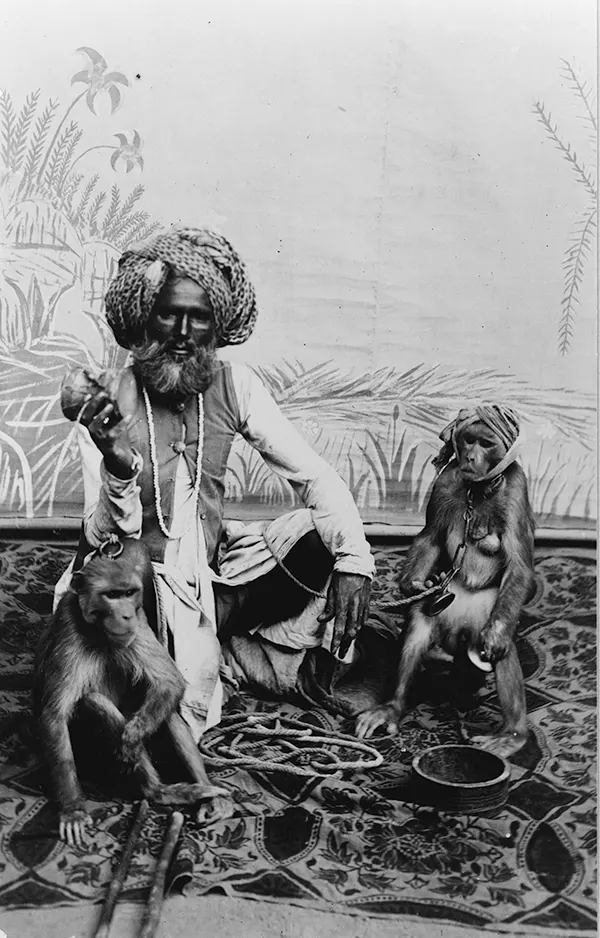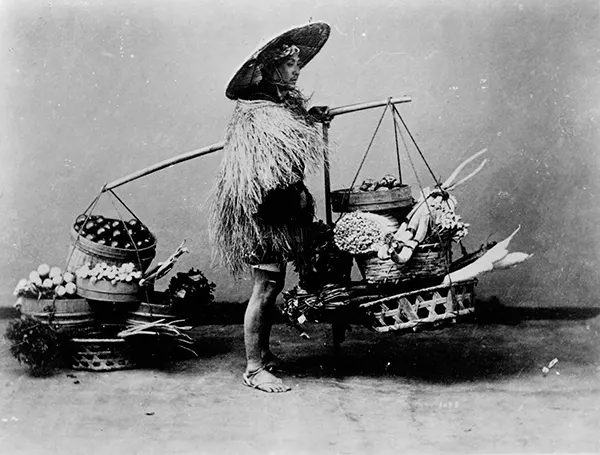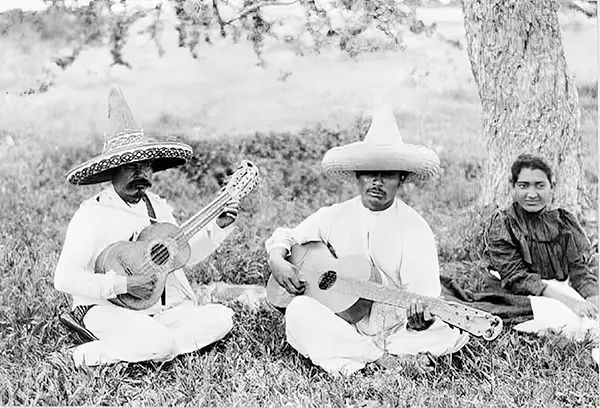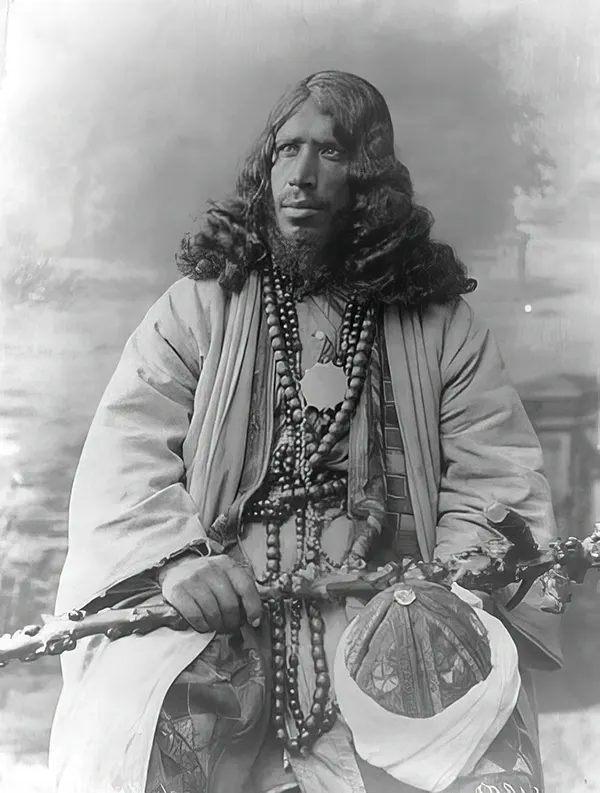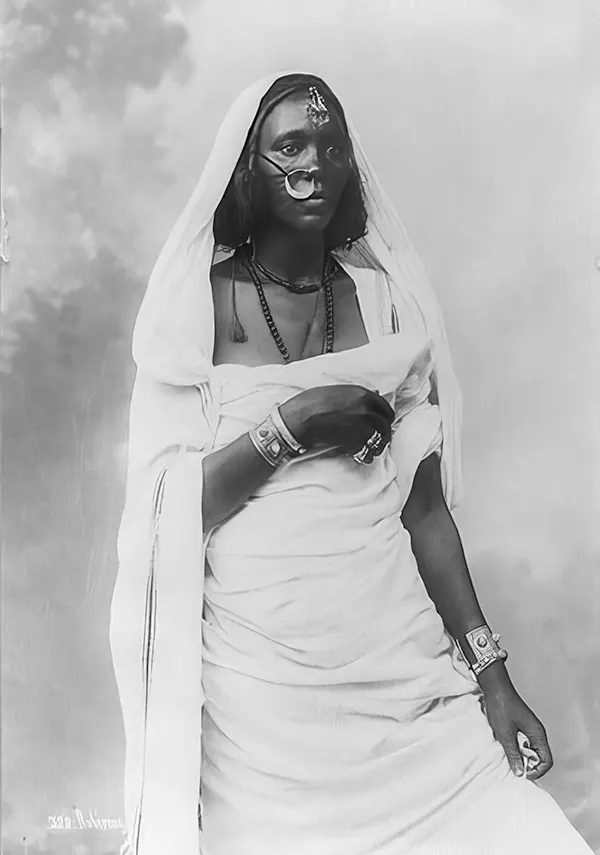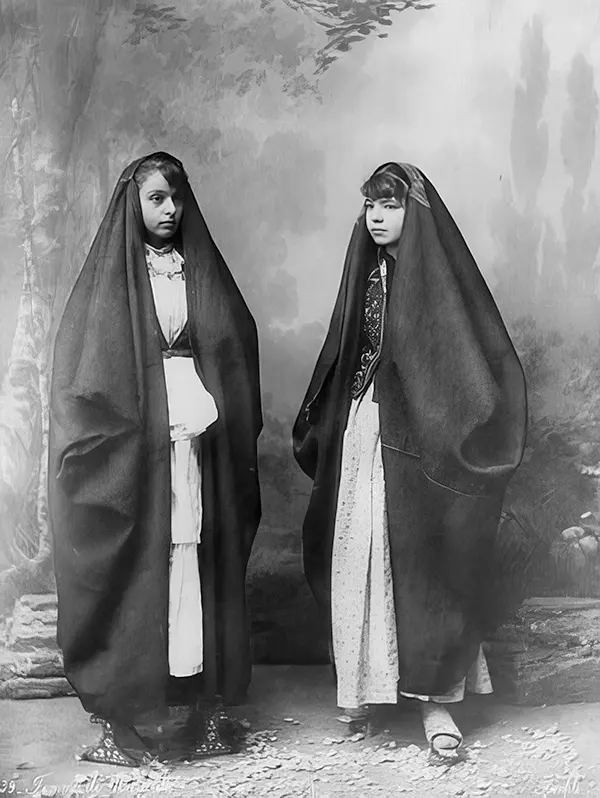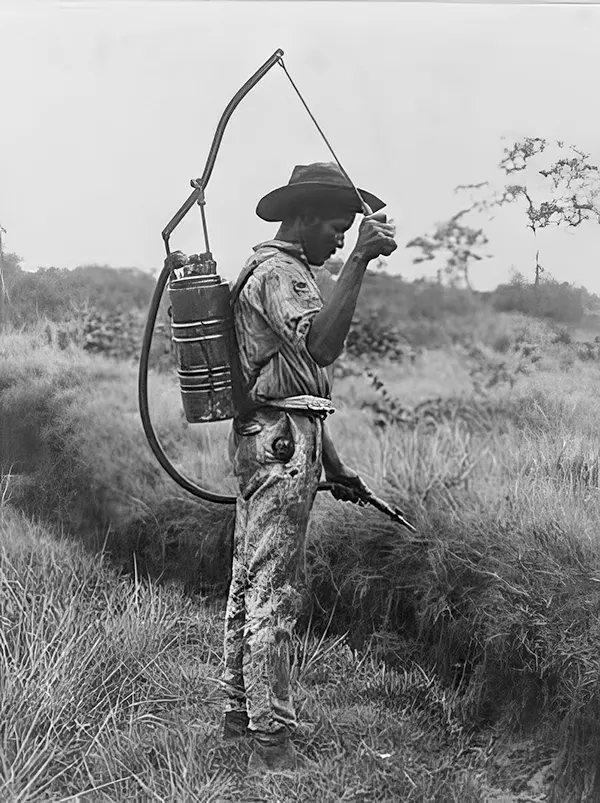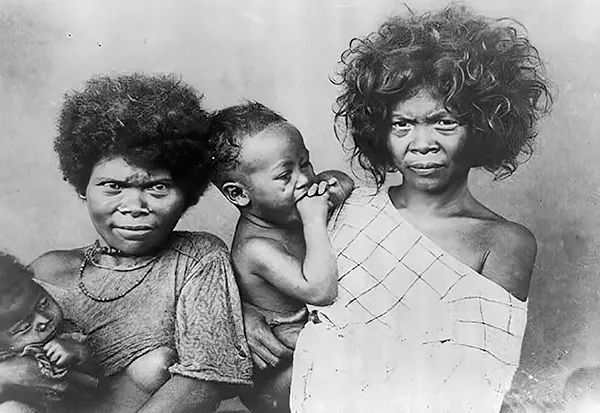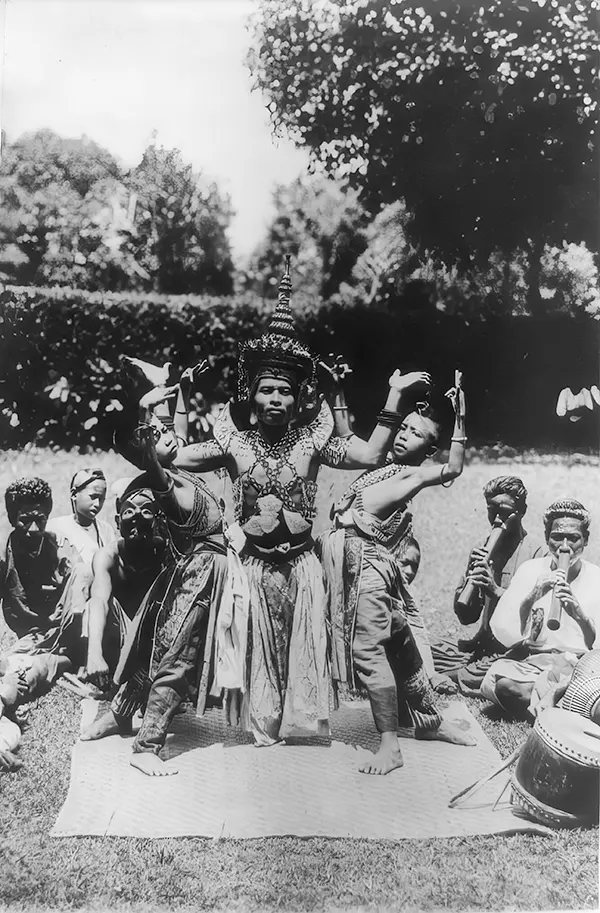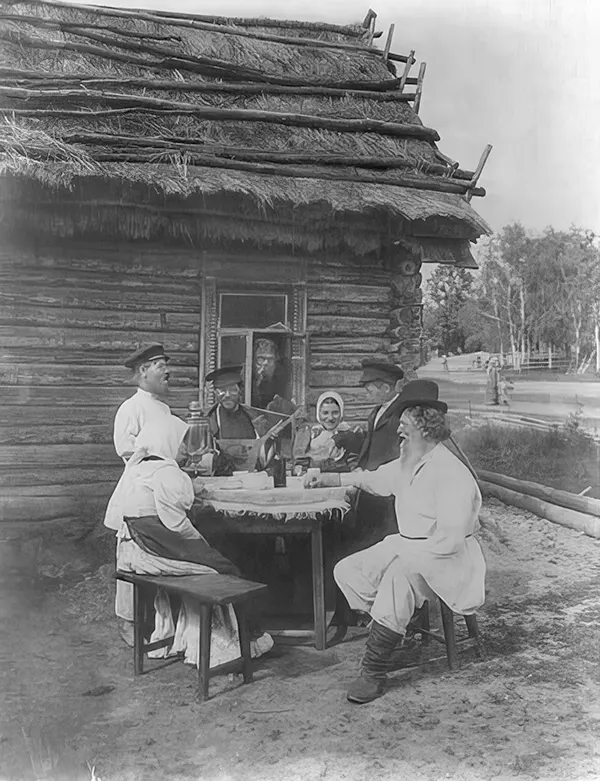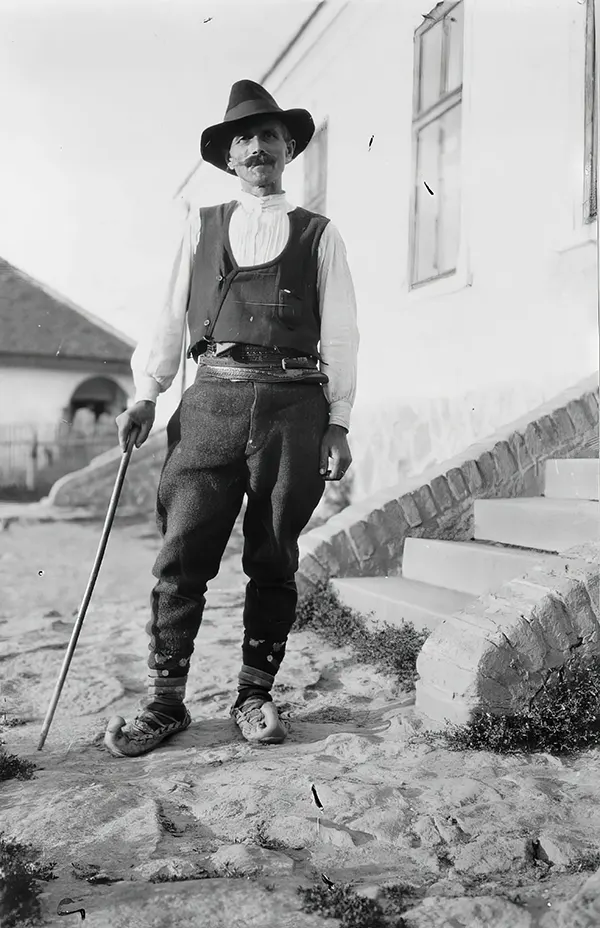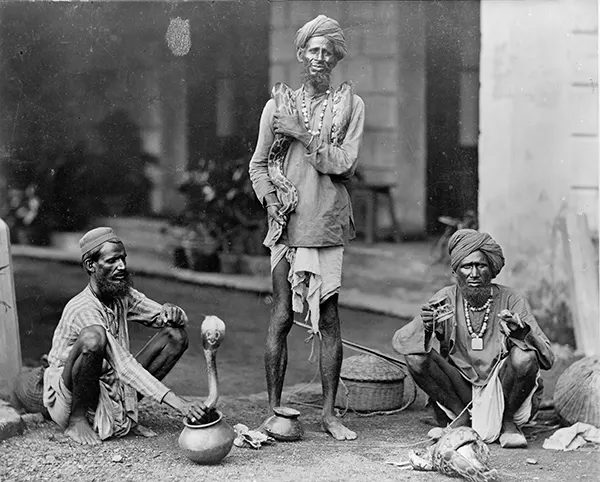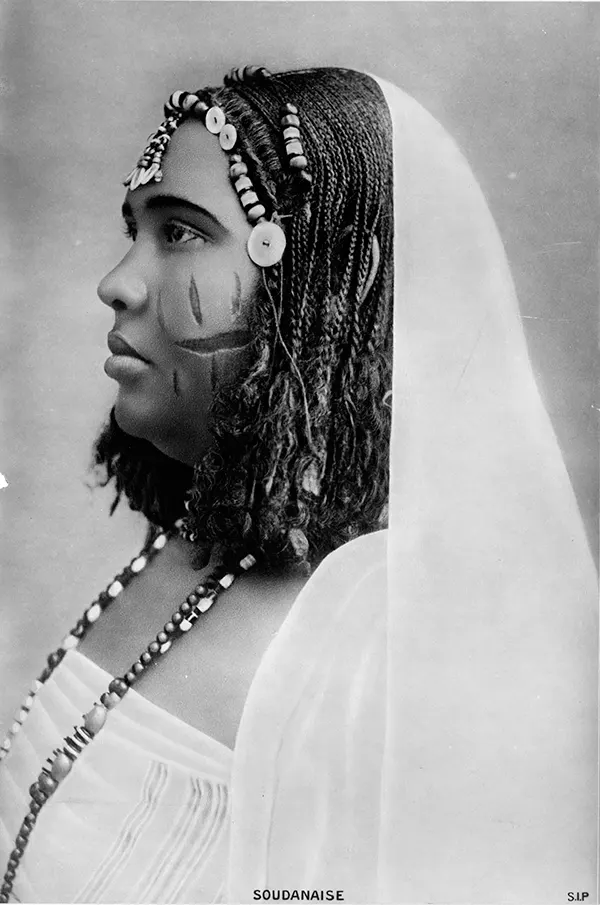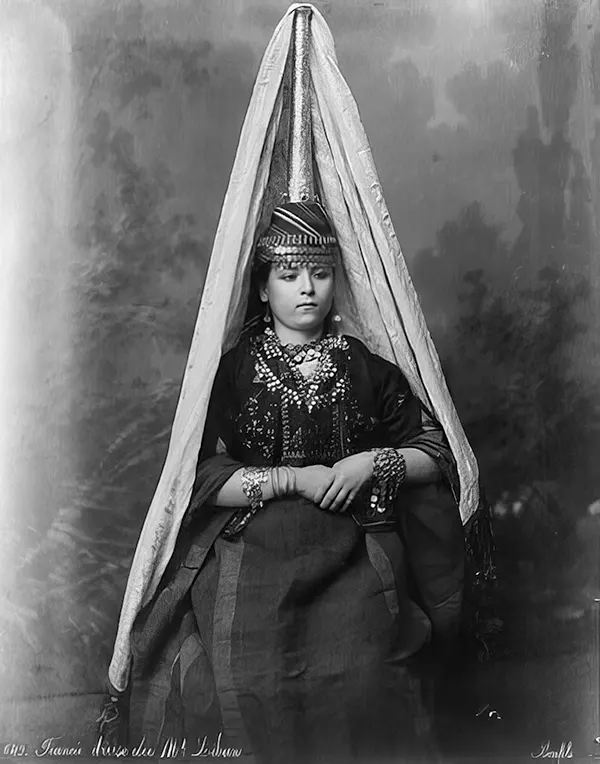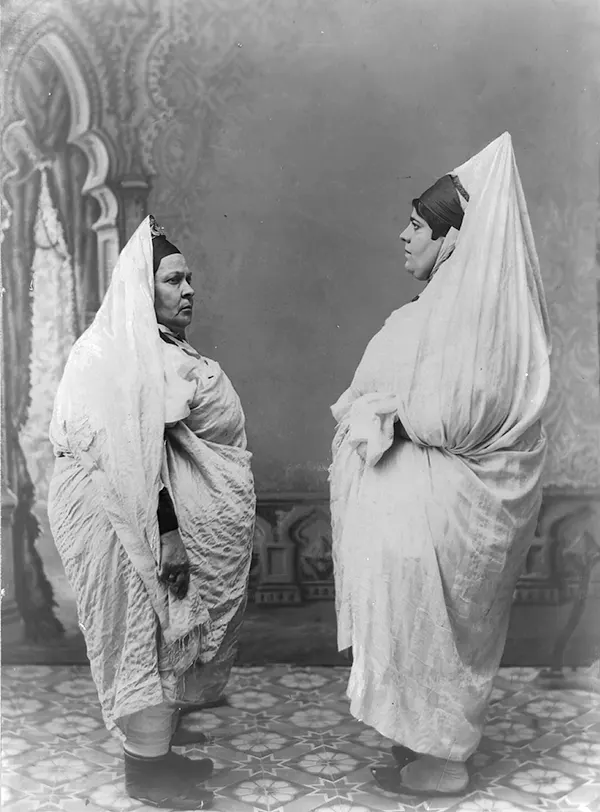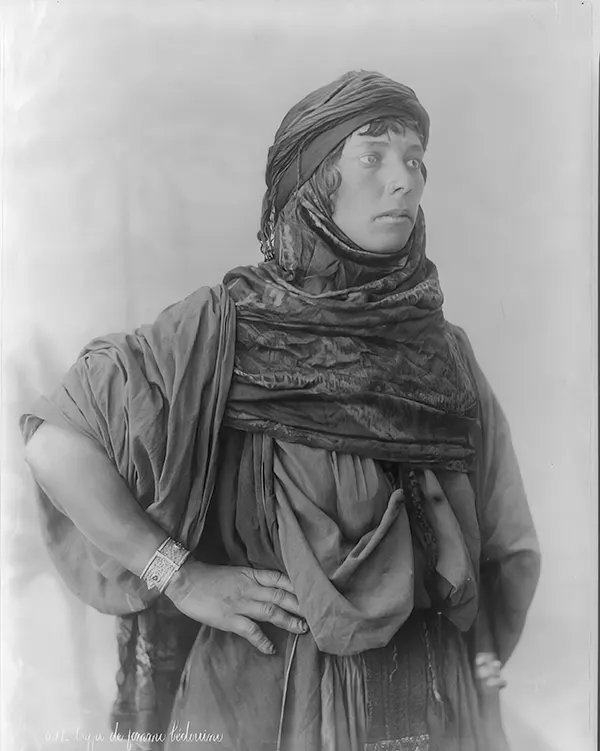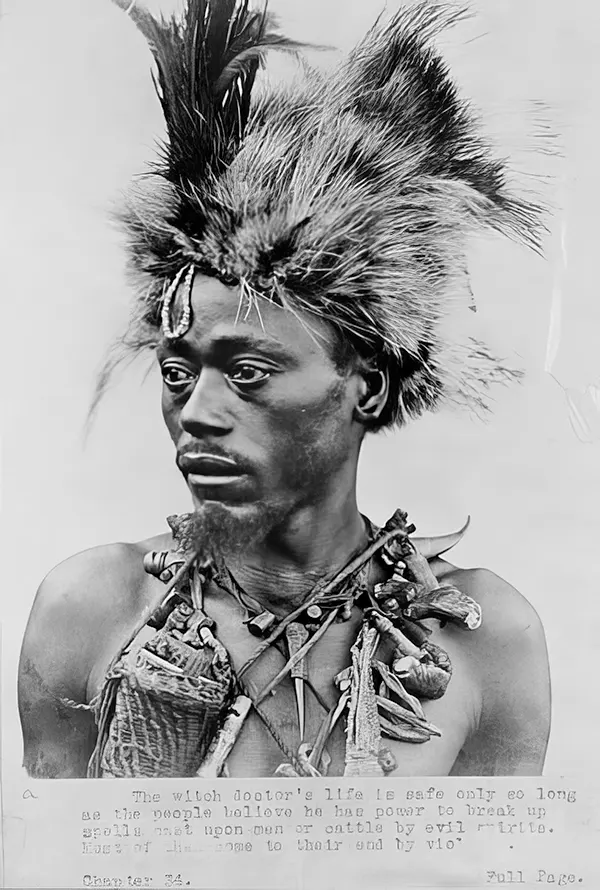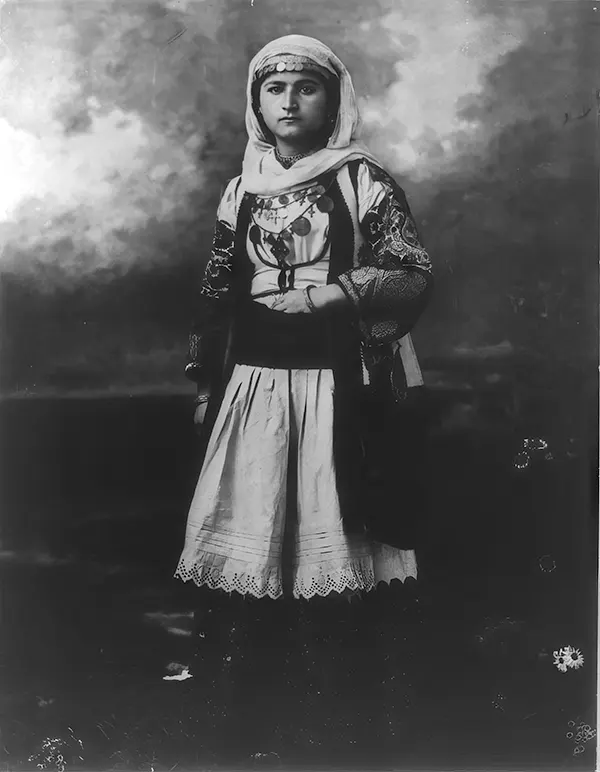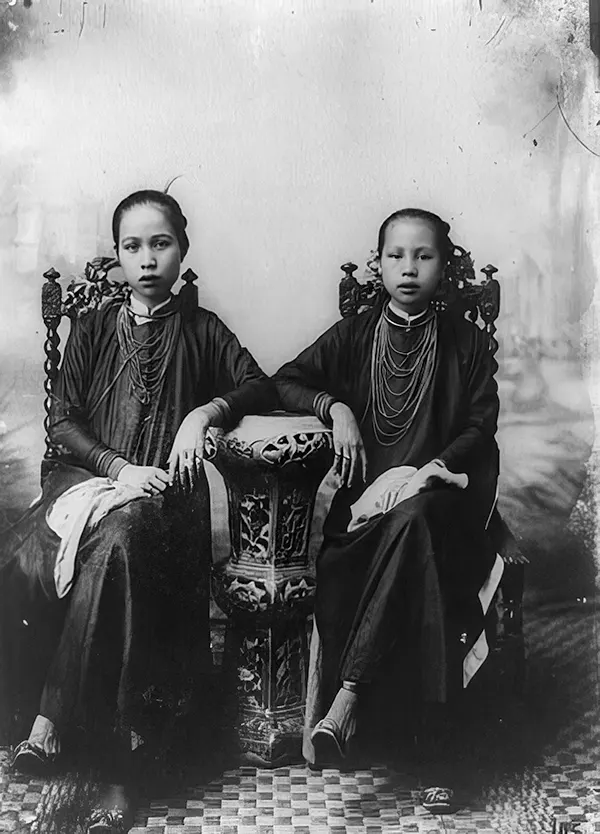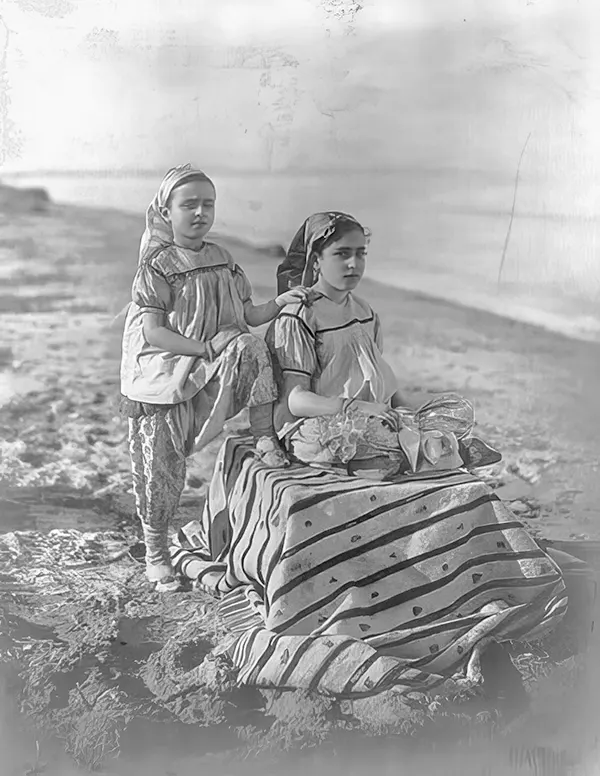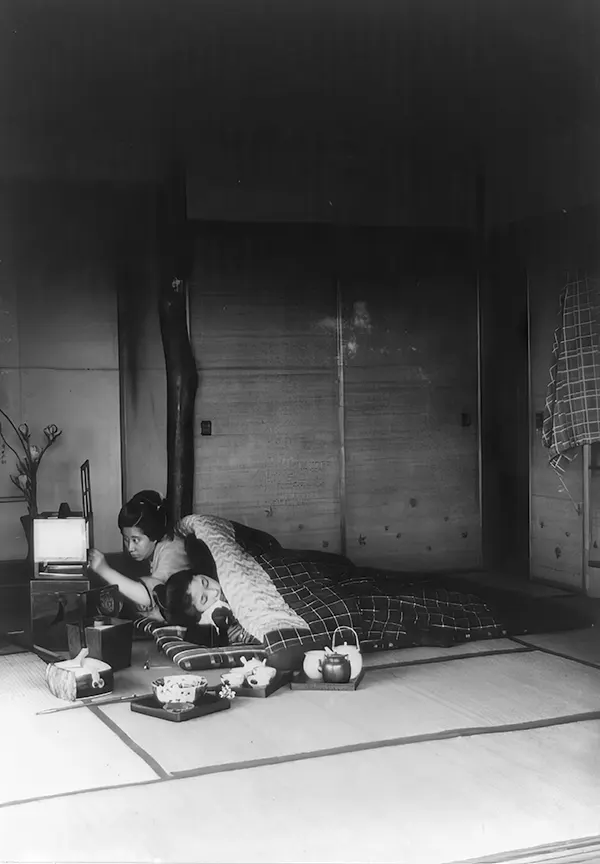Frank Carpenter was an adventurous journalist and photographer who traveled the world in the late 19th and early 20th centuries. Born in Mansfield, Ohio, in 1855, Carpenter began his career as a journalist. His passion for travel was sparked by his work, and by 1888, he had secured enough assignments to finance his first journey around the globe. Through his travels, Carpenter captured tens of thousands of photographs, providing a unique glimpse into the lives of people around the world at a time when international travel was rare.
Carpenter’s Global Journeys
Frank Carpenter embarked on three epic journeys around the world, covering vast distances and diverse cultures. In 1898, he logged 25,000 miles in South America alone. His travels also took him to Central America, Europe, and many other regions. His primary task was to send weekly letters to newspaper syndicates and magazines, detailing his observations and experiences. These letters, along with his photographs, brought the world to the doorstep of countless readers who had never ventured abroad.
Carpenter’s photographs offer a unique perspective on the world at the turn of the 20th century. He captured scenes of everyday life, showing people in their natural environments. His photos reveal the rich fabric of human life, showcasing the myriad customs, traditions, and landscapes of distant lands. For many Americans, Carpenter’s images were their first glimpse of foreign cultures and places.
Read more
Life in Egypt: Camels and Wells
One of Carpenter’s notable photographs shows camels drawing water from a well in Egypt in 1905. This image captures the daily life of people in Egypt, highlighting the importance of camels in their society. Camels were essential for transportation and agriculture, and Carpenter’s photo provides a snapshot of this crucial aspect of Egyptian life. The image also emphasizes the ingenuity and resourcefulness of people in adapting to their environment.
The Diversity of South America
During his extensive travels in South America, Carpenter documented the diverse cultures and landscapes of the continent. His photographs from this period include images of indigenous peoples, bustling markets, and lush landscapes. These images reveal the vibrant cultures and traditions of South America, offering a window into a world that was largely unknown to many Americans at the time.
Central America and Europe
Carpenter’s travels in Central America and Europe added to his rich collection of photographs. In Central America, he captured the daily lives of people in various communities, highlighting their customs and traditions. In Europe, Carpenter’s images showcased the continent’s diverse cultures and historical landmarks. His photographs from these regions provide a fascinating contrast to those from South America and other parts of the world, illustrating the vast diversity of human life.
Carpenter’s Contribution to Education
Carpenter’s writings and photographs were not only popular among the general public but also used in education. He authored nearly 40 books, including personal memoirs and “geographical readers” for use in geography classes. These books remained standard texts in American schools for forty years, helping to popularize cultural anthropology and geography. Through his work, Carpenter played a significant role in educating generations of students about the world’s diverse cultures and landscapes.
Today, the Library of Congress holds approximately 16,800 photographs and about 7,000 negatives from Carpenter’s collection. These images continue to be a valuable resource for historians, researchers, and anyone interested in the history of the early 20th century. Carpenter’s work offers a unique and comprehensive perspective on the world, capturing the essence of the cultures and landscapes he encountered.


